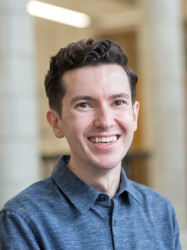BibTex format
@article{Walsh:2020:10.1016/j.matt.2020.08.008,
author = {Walsh, A and Park, J-S},
doi = {10.1016/j.matt.2020.08.008},
journal = {Matter},
pages = {604--606},
title = {The holey grail of transparent electronics},
url = {http://dx.doi.org/10.1016/j.matt.2020.08.008},
volume = {3},
year = {2020}
}

